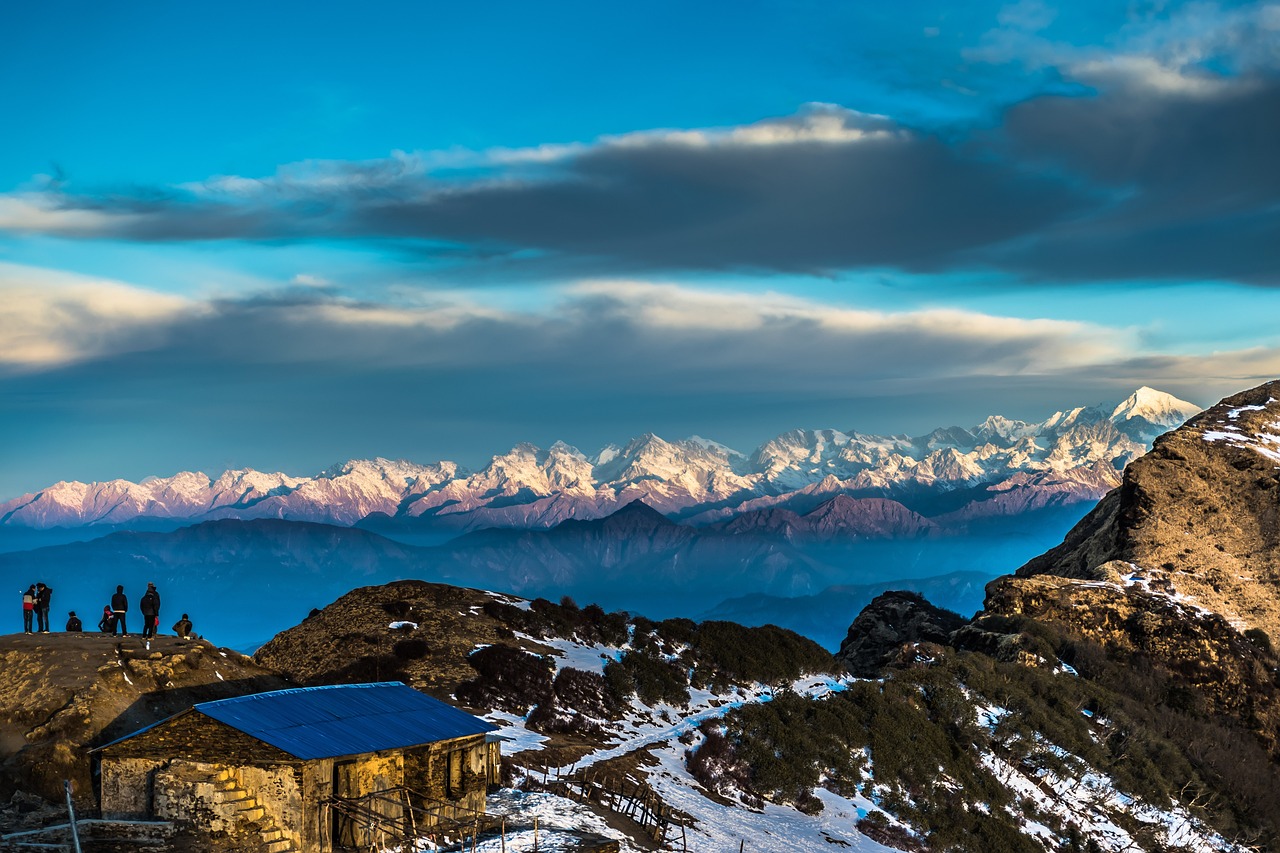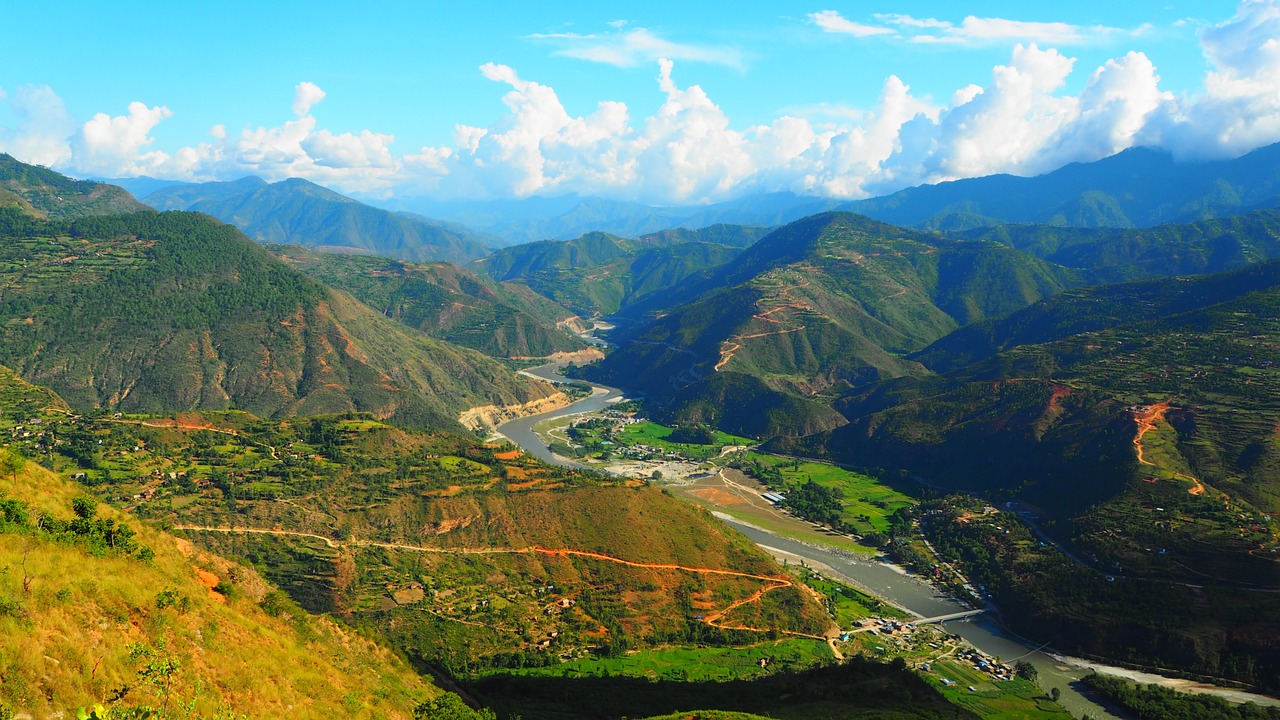Nepal is a country of contrasts and extraordinary beauty, nestled between the towering Himalayan peaks and the deep jungles of the Indian plains. This landlocked country, which is about the size of Arkansas, is a mysterious intersection where ancient cultures, enduring customs, and grand landscapes come together. Eight of the ten tallest mountains in the world, including the daunting Mount Everest, rise impressively along its northern border, drawing trekkers and mountaineers from all over the world. However, the geology of the nation descends from these freezing peaks to subtropical woods, providing a distinctive biodiversity that includes elusive animals like snow leopards, Bengal tigers, and one-horned rhinos.

But Nepal is more than just stunning natural beauty. The country hums with spiritual energy, which is visible in the serene monasteries situated atop hills, the sacred temples along the banks of old rivers, and the historic city squares of Kathmandu. The Nepali people, a melting pot of races and cultures, are renowned for their friendliness and hospitality whether they come from booming metropolis or remote mountain villages. The history of Nepal is woven together by kingdoms, invasions, and a vibrant blending of Buddhism and Hinduism. Festivals, rituals, and even the architecture show this spiritual and cultural mingling, depicting a country that has always been on the cusp of change but is deeply ingrained in its history. Let’s embark on a journey to discover all of them.
Recommended Read: Top Destination In Nepal
Continue reading “List of UNESCO World Heritage sites in Nepal”


